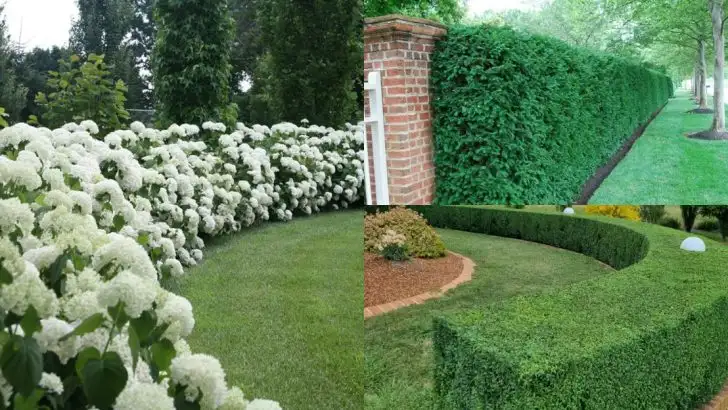Shrubs can mess with your mind. We’re not talking about pretty hedges here. These are the plants that trap you in green puzzles, twist your sense of direction, and make you question whether you’ve passed that corner once or forty-seven times. They’re sculpted into endless loops, sneaky dead ends, and turns that lead absolutely nowhere. Some are clipped so tightly they feel like walls. Others wave in the wind, taunting your decisions. A few have thorns—because getting lost isn’t thrilling enough without a little risk. These shrubs weren’t planted to sit politely in the corner. They were grown to disorient, dazzle, and delight. Whether you love a good brain bender or just want to impress your guests with an illusion-packed garden, these 12 shrubs are ready to play tricks—and look gorgeous doing it.
Boxwood

Boxwood is often hailed as the quintessential maze shrub. Its dense, evergreen foliage makes it perfect for creating intricate designs.
Gardeners prize it for its ability to be sculpted into precise shapes. The ancient Romans and Greeks used boxwood in their elaborate garden designs.
Today, boxwood remains a popular choice for garden mazes due to its adaptability and hardiness. It’s a living testament to human creativity, as these shrubs are carefully maintained to offer both an aesthetic and cognitive challenge.
Yew
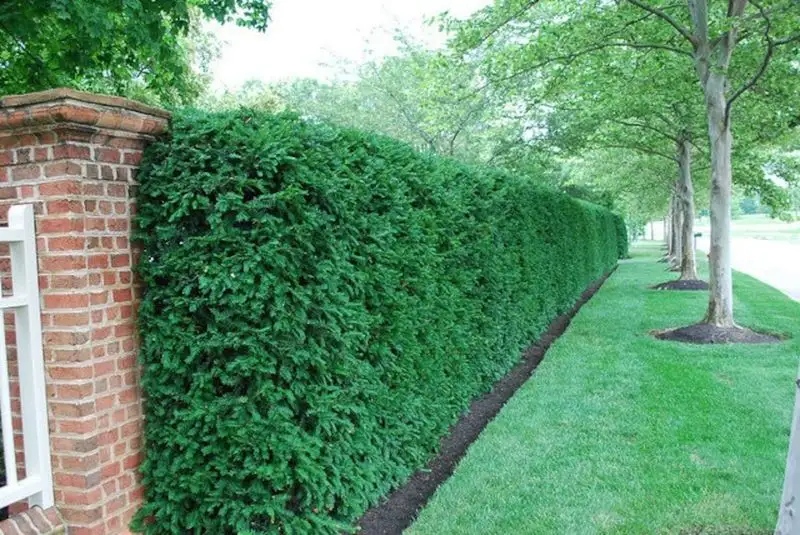
Yews are known for their dark, lush foliage and an almost mythical presence. Their longevity and dense growth habit make them ideal for creating mazes.
The English yew, in particular, has been used historically in churchyards and gardens. Its ability to grow back from old wood makes it a resilient choice.
In folklore, yews are often associated with immortality, adding a layer of intrigue to any garden labyrinth they inhabit.
Privet
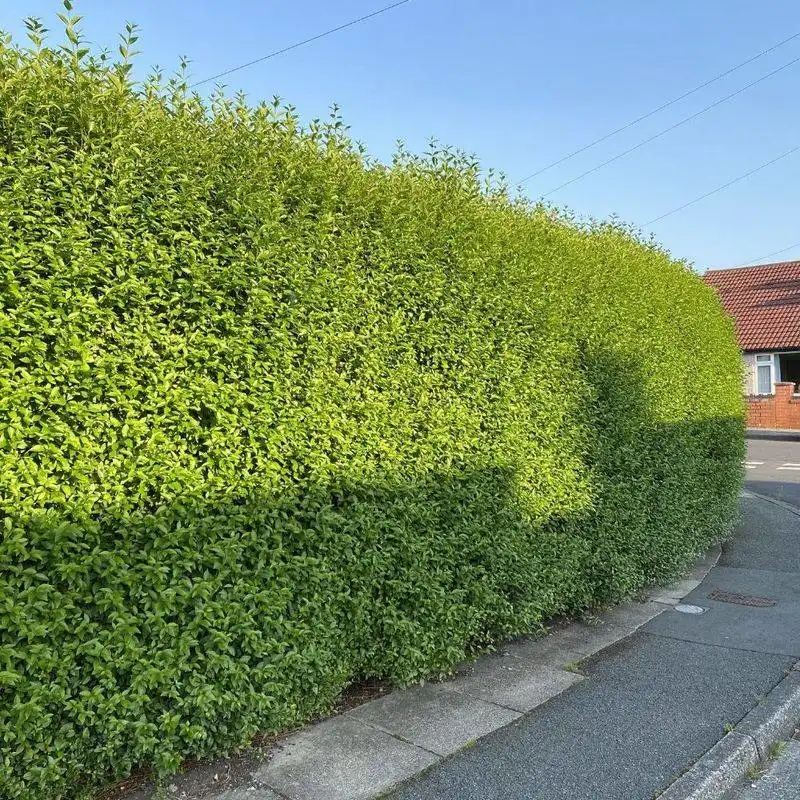
Privet is a popular choice for hedges due to its rapid growth and dense foliage. This shrub can be easily shaped into various forms.
Mazes created with privet are lush and vibrant, providing an excellent backdrop for outdoor events. Its small leaves and bright green color enhance any landscape.
Pruned regularly, privet maintains a neat appearance, crucial for intricate maze designs. Its resilience and fast growth make it a gardener’s favorite.
Hornbeam
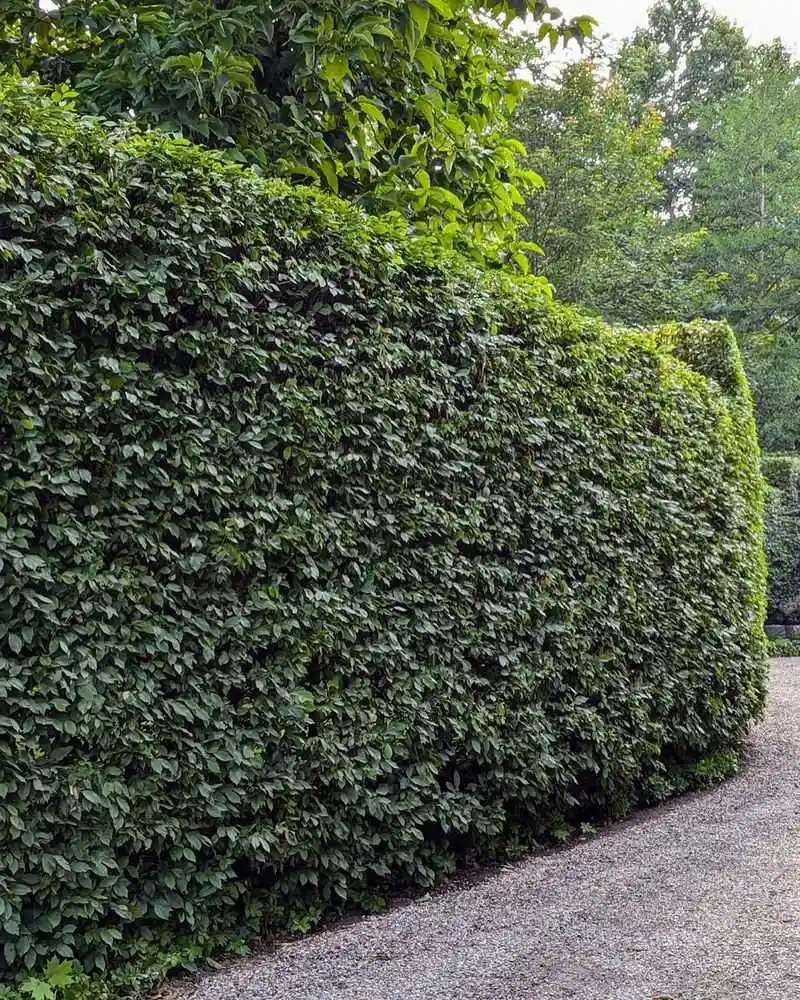
Hornbeam hedges are celebrated for their robustness and crisp, clean lines. These characteristics make them ideal for formal gardens and mazes.
The leaves turn a striking golden-yellow in fall, adding seasonal interest to any maze. Hornbeam’s ability to withstand strong winds makes it a sturdy choice.
Its dense foliage provides an excellent screen for privacy, and the tree’s adaptability to various soils is an added advantage.
Holly
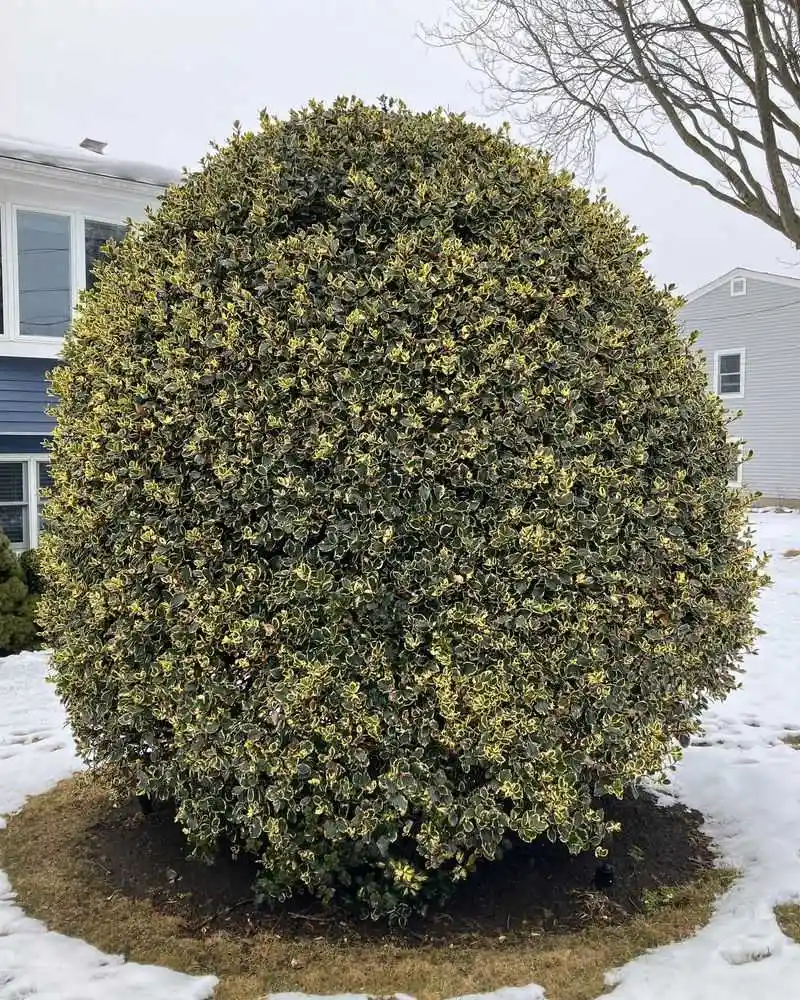
Holly shrubs bring a splash of color to any maze, thanks to their vibrant red berries and glossy green leaves.
Beyond aesthetics, holly is a practical choice for mazes because of its evergreen nature and dense growth. The sharp leaves also act as a natural deterrent to wandering wildlife.
Historically, holly has been associated with protection and good fortune, making it a charming addition to garden mazes.
Beech
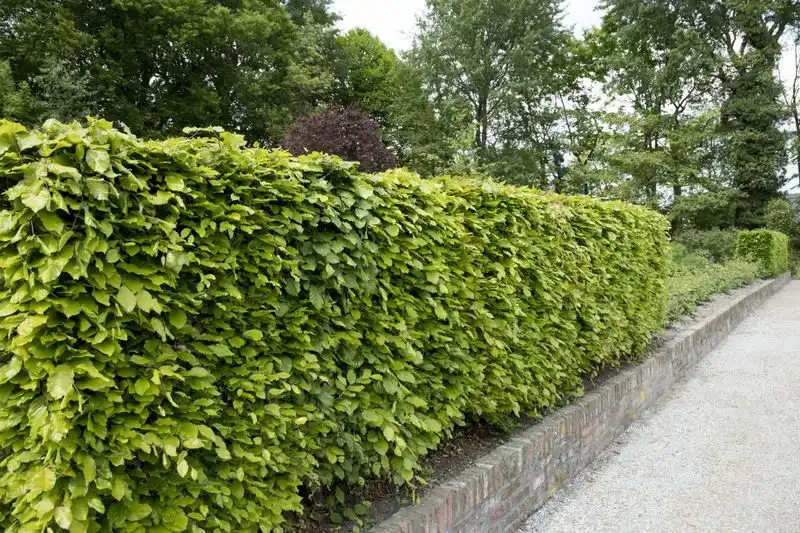
Beech hedges are synonymous with elegance, often seen in grand estate gardens. Their smooth leaves and graceful form make them perfect for mazes.
In spring, beech leaves emerge a vivid green, providing a refreshing sight for maze wanderers. Over time, the leaves turn a coppery hue, adding variety.
Beech’s adaptability to shaping and long lifespan ensure it remains a timeless choice for creating structured, intricate patterns.
Lavender
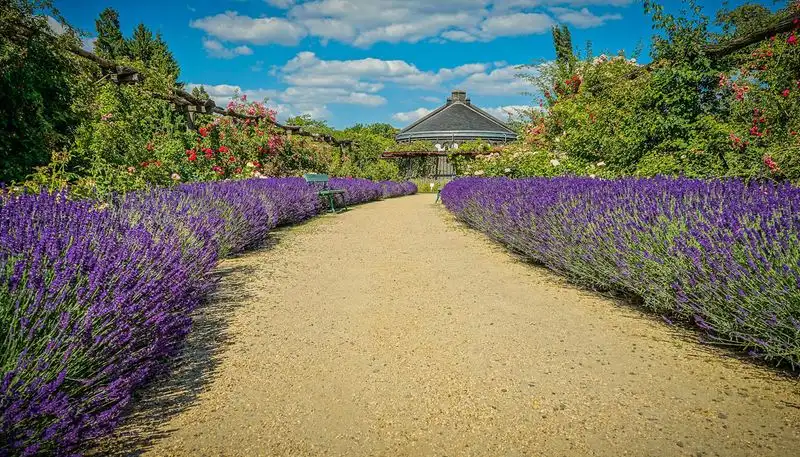
Lavender hedge mazes offer more than just visual appeal; their fragrance makes them a sensory delight. The striking purple blooms and silvery foliage create a captivating scene.
Lavender’s drought-resistant nature makes it an excellent choice for sunny garden spots. Its blooms attract pollinators, enhancing the garden’s ecosystem.
With regular pruning, lavender retains its shape and blooms prolifically, ensuring that maze paths remain clearly defined and enchanting.
Buxus

Buxus, commonly known as box, is a staple in European garden design. Its small leaves and slow growth make it ideal for detailed maze patterns.
This shrub’s ability to hold shapes lends itself to both traditional and contemporary designs. Buxus maintains its lush color year-round, adding stability to garden aesthetics.
Often used in parterres, buxus mazes require careful maintenance but reward with timeless beauty and structural precision.
Red Twig Dogwood
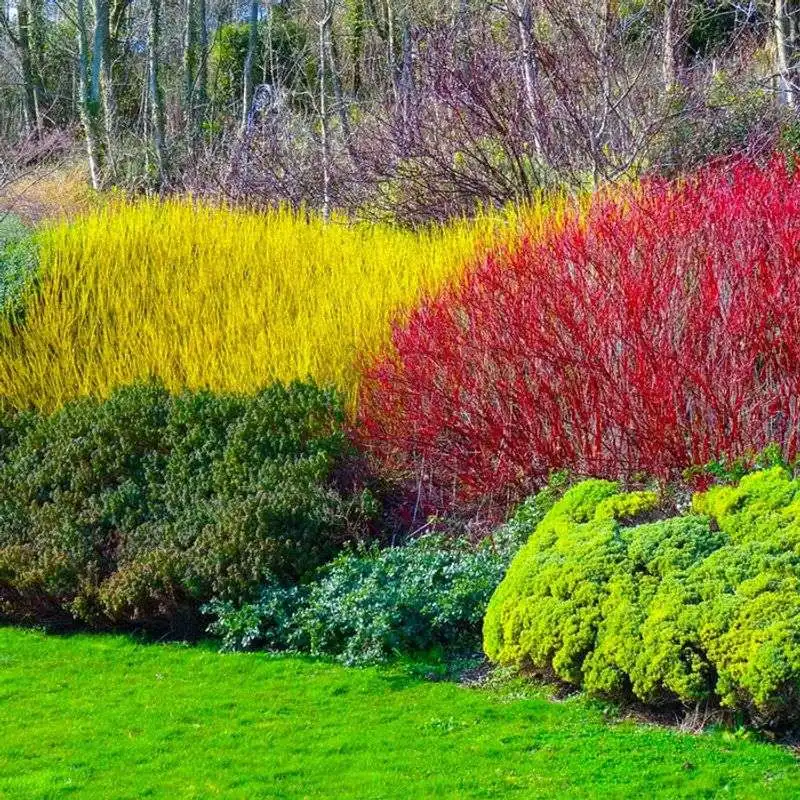
Red twig dogwood offers a unique visual contrast in garden mazes, especially in winter when its red branches starkly stand out.
This shrub is not just for aesthetics; it serves as a habitat for various wildlife. In spring, it produces white flowers, adding seasonal interest.
Its adaptability to various soil conditions makes it a versatile choice, while its vibrant coloration ensures a striking appearance year-round.
Hydrangea
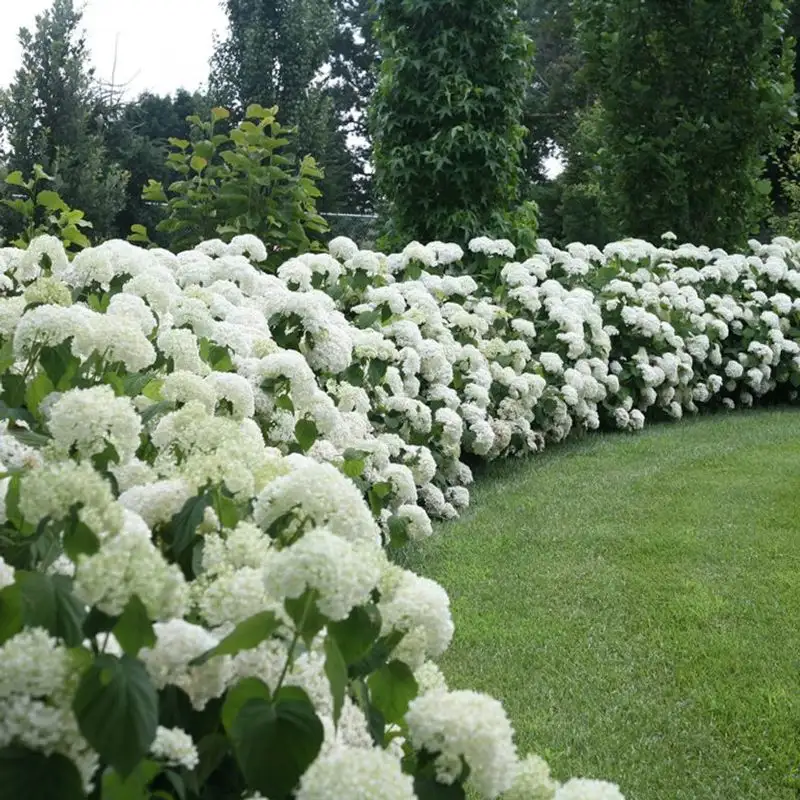
Hydrangeas bring a touch of whimsy to any maze with their large, colorful blooms. These shrubs thrive in well-drained soils.
The floral display ranges from blues to pinks, depending on the soil pH, adding a dynamic element. Hydrangeas adapt well to different pruning styles.
They provide not only visual interest but also a fragrant experience, drawing visitors with their beauty and scent.
Juniper

Junipers are favored for their aromatic foliage and hardy nature. Their bluish-green leaves bring a cool tone to garden mazes.
This shrub thrives in a variety of climates and requires minimal maintenance. Its distinctive scent enhances the maze experience.
With flexible branches, junipers can be shaped into various forms, providing both privacy and intrigue in any landscape design.
Rosemary
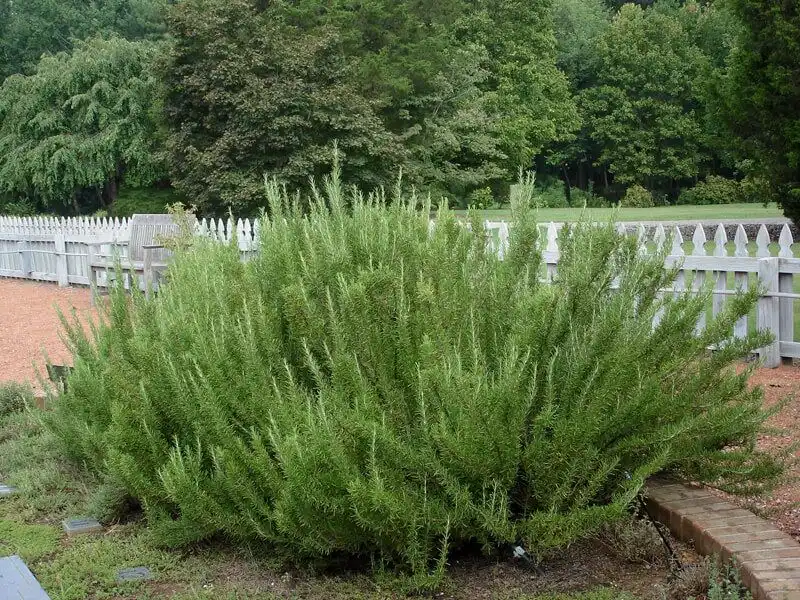
Rosemary isn’t just for the kitchen; it’s a delightful addition to garden mazes. Known for its aromatic, needle-like leaves, it creates a refreshing atmosphere.
This drought-tolerant shrub thrives in sunny spots, making it ideal for Mediterranean-style gardens. Its evergreen nature ensures year-round beauty.
Rosemary mazes offer a sensory journey, as the scent lingers on the air, and its soft texture invites touch, enriching the garden experience.

